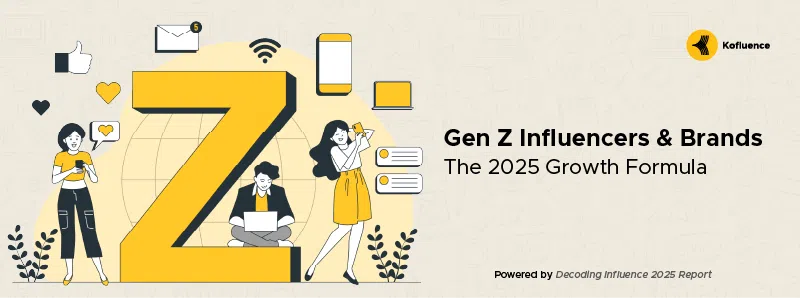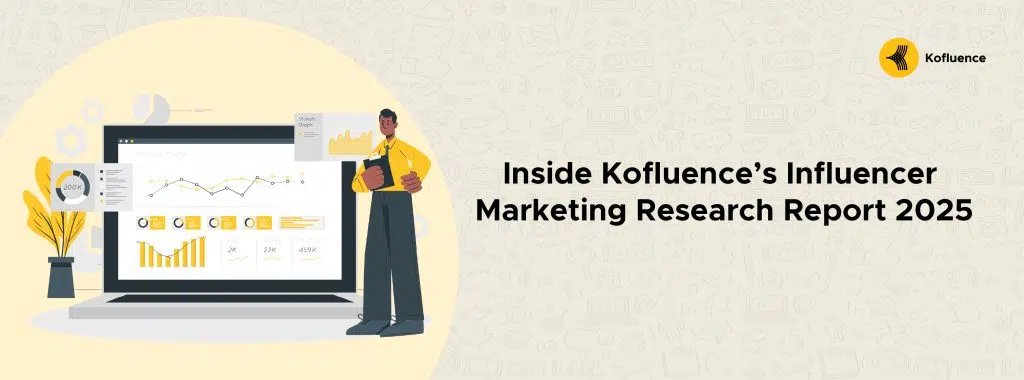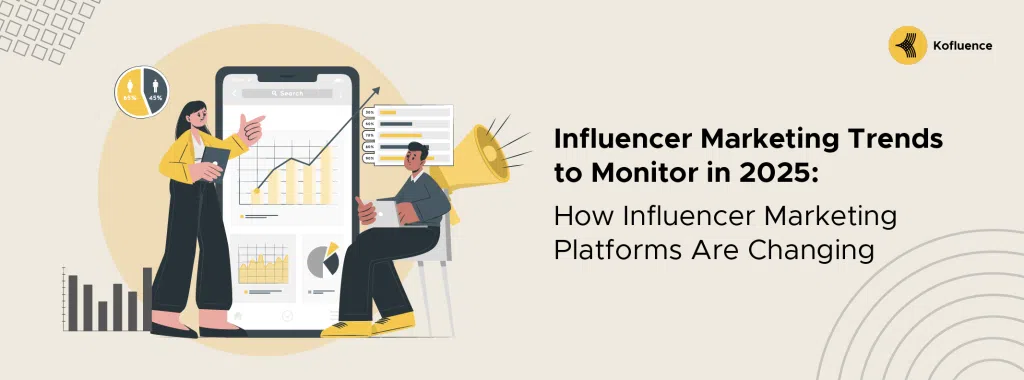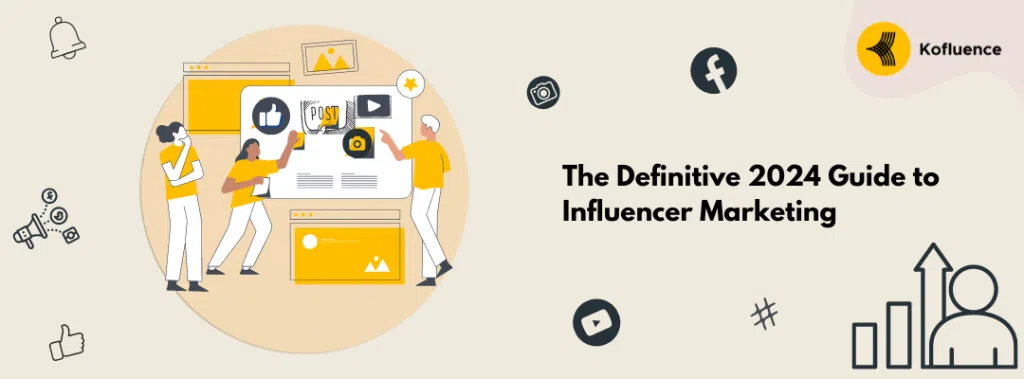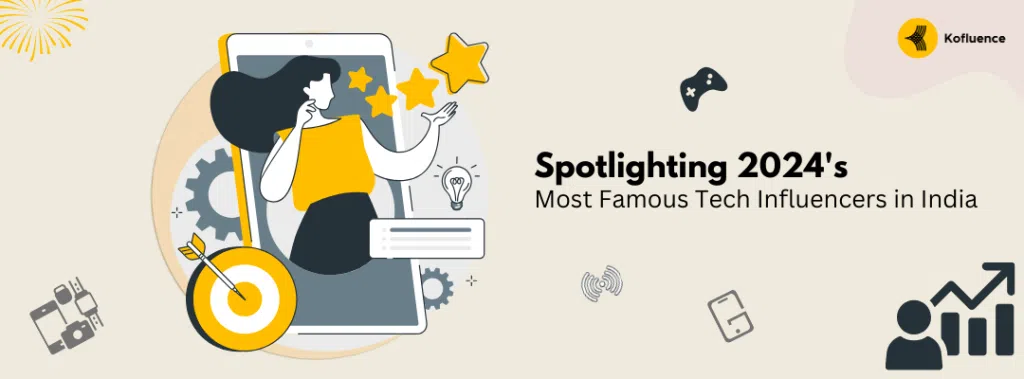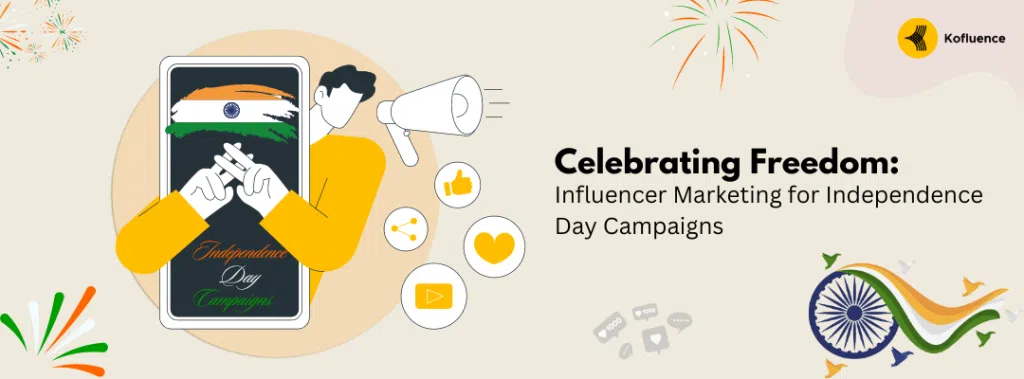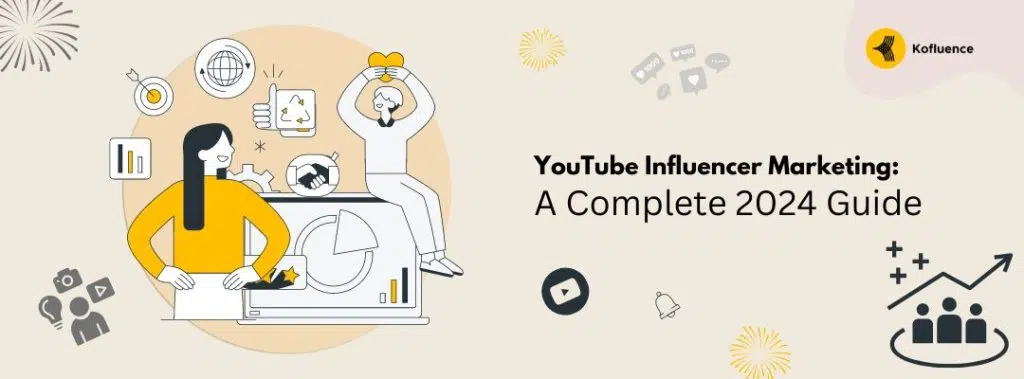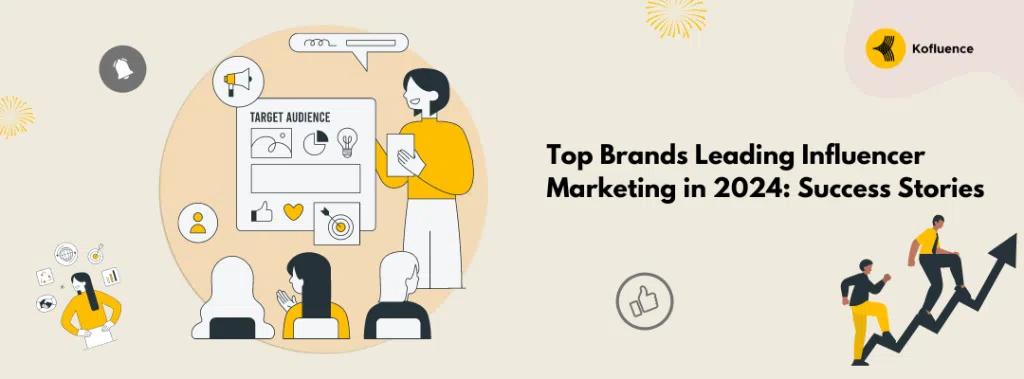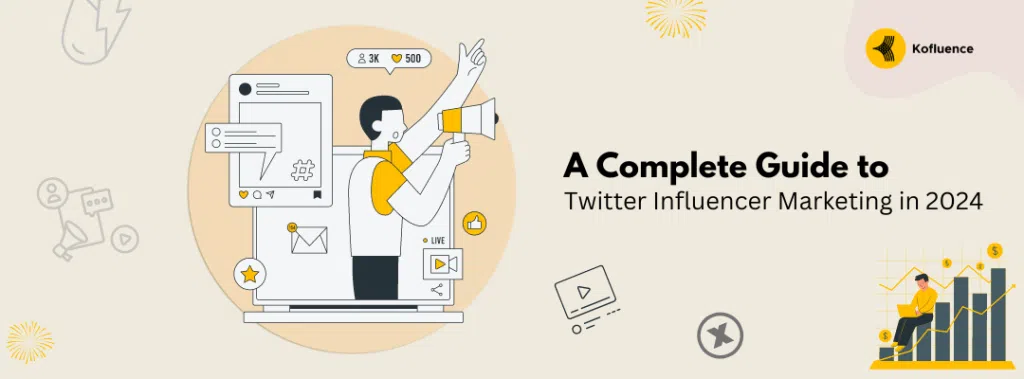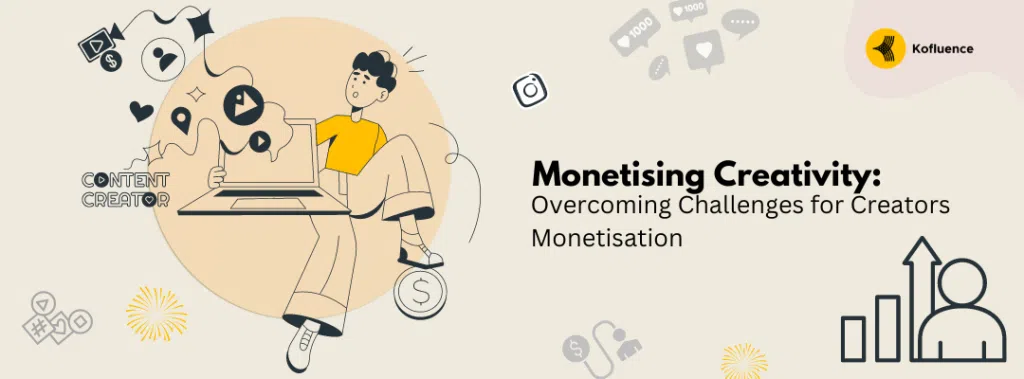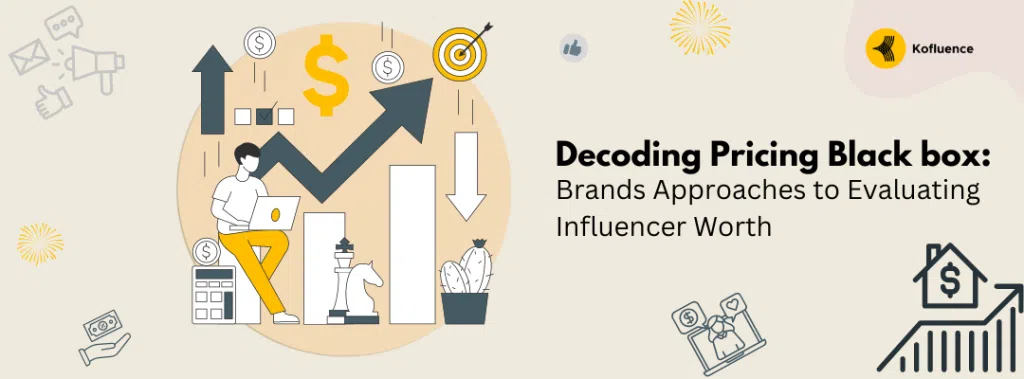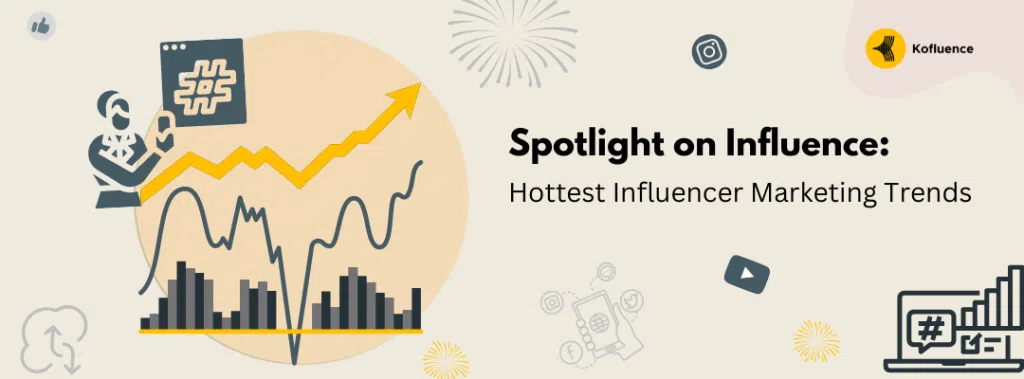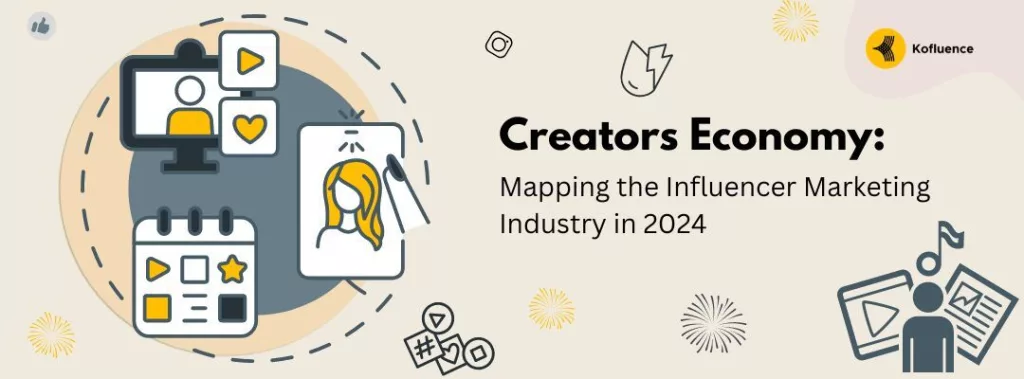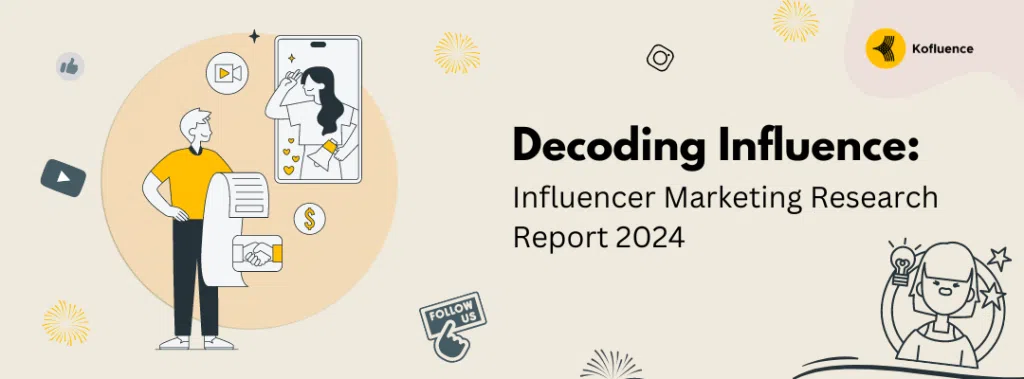Table of contents:
Introduction
4 Ways Influencer Marketing is Transforming Brand Presence Online
Amplifying Brand Visibility Across Platforms
Establishing Authentic Brand Connections
Enhancing Audience Engagement
Driving Targeted Conversions and ROI
Conclusion
FAQ’s
Introduction
Today, the digital era has brought forth influencer marketing as the foundation of all modern advertising tactics, in which brands have changed the medium of communication they use with their audience online. This trend of influencer collaboration indicates that the marketing industry has moved away from the “one size fits all” tactic to the more personal and engaging strategies. Influencers who have already earned a faithful audience thanks to the personalised nature of their content can make it easier for brands to get closer to the consumers.
As we delve into how influencer marketing reshapes online interactions, we’ll explore how these partnerships enhance online brand visibility with influencer marketing. From delivering brand messages across many channels to building trustful consumer relationships, influencer marketing is rewriting the marketing rules in the digital age.
4 Ways Influencer Marketing is Transforming Brand Presence Online
. Amplifying Brand Visibility Across Platforms
The role of influencer marketing in increasing a brand’s visibility across different social networks cannot be overemphasised, as it not only helps extend a brand’s reach to segmented audiences but also amplifies its presence on various social media platforms. A wise selection of social media influencers with the same target audience as the brand is crucial to guarantee that the right audience hears the brand message. Influencers have a unique way of promoting brands to their followers by creating engaging content that is natural and appealing. This approach significantly impacts brand recognition, as the audience widely accepts and trusts it.
For instance, an influencer known for their expertise in sustainable living can promote an eco-friendly brand, directly linking it to a highly engaged and relevant audience. This increases the brand’s popularity and helps the brand reach new markets by growing and capturing a more extensive consumer base. The role of influencer marketing for brands in terms of growth cannot be exaggerated; it creates a synergy between the brand’s objectives and the influencer’s audience, thus making sure that every collaboration results in maximum visibility and impact. By using the artful approach to match influencer personalities with brand values, businesses can use these partnerships to multiply their online presence significantly, which is why influencer marketing has become an essential instrument in digital marketing nowadays.
. Establishing Authentic Brand Connections
The power of influencer marketing for brands is in the ability to establish genuine relationships between the brand and its audience. The power of that authenticity is much greater when influencers share their real experiences or opinions about products and services. These recommendations sound much less like an advert and much more like the recommendations of a trusted friend.
The purpose of brand influencer marketing is to increase visibility and develop a relationship based on trust and relatability. When an influencer tells their story about their experience with a brand’s products, it builds trust and credibility among their followers. The authenticity comes to its fullest when the audience gets involved in this conversation through interactive methods like Q&As, live streams, and behind-the-scenes. These authentic interactions and accountability are worth a lot, as they lift the brand’s image and create a fan base that believes in its values and products.
. Enhancing Audience Engagement
Influencers possess a unique set of creative skills that they utilise to promote and engage with their audience. By employing these tactics, they encourage viewers to participate actively rather than just remaining passive spectators. With interactions such as polls, challenges, and live talk, influencers encourage their audience to participate in discussions, share their opinions, and become a part of a community. The level of involvement can make the connection between influencers and their target audience much more intimate, driving the visibility and rate of engagement for the brands being represented.
Influencer marketing statistics prove these strategies are effective since they reveal a direct relationship between campaign engagement and marketing success. Indicators of audience engagement like likes, comments, and shares are direct proofs of audience interest in the campaign and how it resonates with it. Active participation encourages influencers to build an environment that makes the brands able to attract and deeply engage their target audience, enhancing the impact of their marketing efforts.
. Driving Targeted Conversions and ROI
Influencer campaigns essentially transform social media engagement into sales by developing content that connects with specific groups of people. Influencers build content that is in line with the brands’ objectives, yet it appeals to the followers’ personal preferences. Thus, it can lead to an increase in conversion rate. This accuracy in content creation is anchored on the trust that influencers have built, turning the followers into customers through authentic recommendations.
To gauge the effect, brands use social media engagement metrics in combination with their sales data, which is measured using affiliate links or promo codes to see the direct connection with the influencer marketing efforts. On the other hand, this manner is well-informed as it shows the results of influencer partnerships in conversion. Through this close tracking, brands can continually improve their influencer marketing tactics so that every campaign increases social media engagement and results in tangible business outcomes.
Conclusion
Influencer marketing is, without a doubt, an absolute game-changer that has enormously impacted how brands connect with their audiences online and has become the backbone of current digital strategies. Digital marketing influencers give brands the power to increase visibility, strengthen authentic bonds, engage their audience, and generate conversions as they never have before. The digital environment in which we live is changing rapidly, so one can’t underestimate the power of using influencer marketing. Brands that want to succeed in this fast-paced environment should aim to add influencer marketing to their digital arsenal and expand their current approach. Therefore, marketers need to tap into the influencer marketing method to the fullest and have the possibility of a more significant improvement in their online presence and growth.
If you found this blog to be helpful browse through our website for other blogs on similar topics or get in touch with us for your next influencer marketing campaign! Download the Kofluence app and find relevant campaigns catering to your target audience! To opt-in, download the Kofluence app here: iOS users, and Android users.
FAQ’s
. How does a brand’s online presence contribute to influencer marketing?
Influencer marketing relies heavily on a brand’s online presence since it gives potential influencers and their audiences a place to participate, be seen, and communicate.
Influencer marketing for businesses or brands can be one of the most effective forms of advertising. According to Forbes, 4.9 billion people use social media worldwide in 2023, so it makes sense for small and large companies to leverage influencers to market their goods.
. How does digital marketing help brands in their growth?
Influencers in digital marketing offer unique opportunities for organisations to enhance audience engagement, establish authentic connections, increase visibility, and drive transactions. To thrive in this environment, brands should integrate influencer marketing into their digital strategy to expand their online presence effectively.
. How do influencers engage with the audience for marketing?
Influencers use creative tactics like polls, challenges, and live discussions to engage their audience, turning passive viewers into active participants. This fosters community and strengthens the bond between influencers and their audience, driving visibility and engagement for represented brands.


